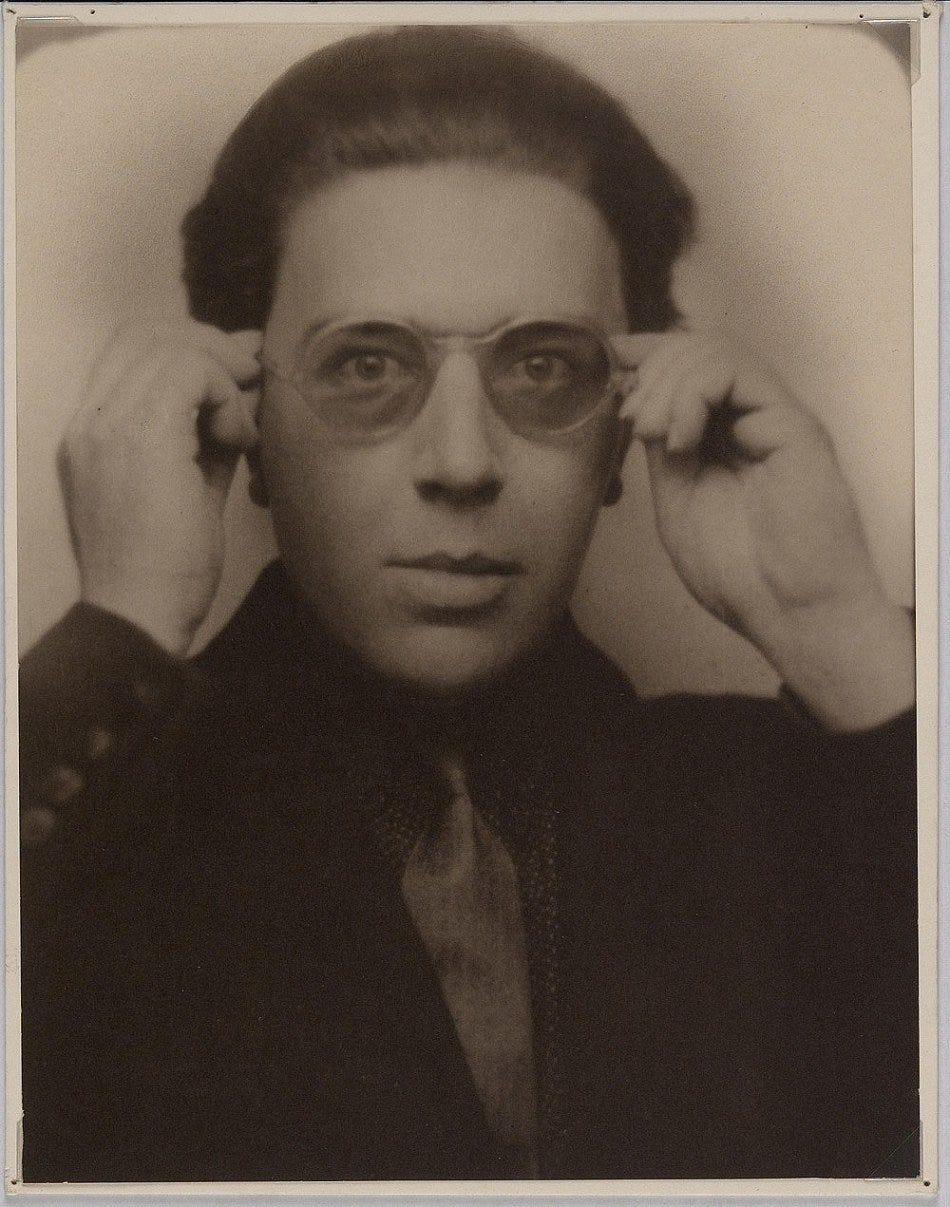The Reality Above Reality, Part One
How Surrealism is best embodied in reality television today, and what Bravo TV's Vanderpump Rules has to do with it.
A certain subsect of people will remember where they were on March 3, 2023, when they saw the TMZ headline: “TOM SANDOVAL & ARIANA MADIX CALL IT QUITS… Allegations He Cheated With Co-star Raquel Leviss”. (I was at In-N-Out burger, on a pit stop as I drove from Los Angeles to the desert. That I was enjoying high-quality fast-food is on theme, in hindsight.)
The secondary stars of a secondary reality television show, Vanderpump Rules, whose relationship had been captured by cameras for almost a decade, split due to infidelity. For a program whose foundations were built on the practice, it didn’t seem like it should be news fit for outlets beyond such lowbrow tabloids as TMZ. But it was, and as #Scandoval, as it became known, grew, sources of news such as the Wall Street Journal, CNN, and the New York Times gave it coverage. Madix, the scorned woman, was invited the annual White House Correspondents Dinner; Leviss, the other woman, was vilified to such an extent that she entered in-patient rehab for over 90 days, before deciding not to return to the show; and Sandoval, the villain, became, according to The New York Times Magazine, “The Most Hated Man in America.”
As the current, post-#Scandoval season of Vanderpump Rules began to air at the end of January of this year, social media has become overwhelmed with commentary about how the show has become a let-down, worse than it’s ever been. I couldn’t disagree more.
Keep reading with a 7-day free trial
Subscribe to SACRED MONSTER to keep reading this post and get 7 days of free access to the full post archives.



